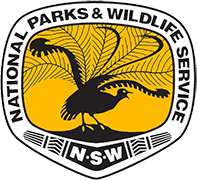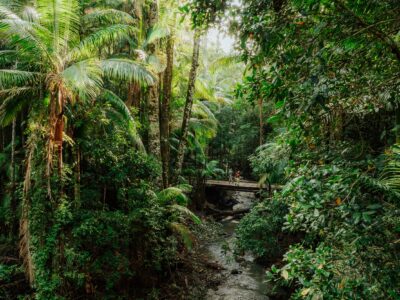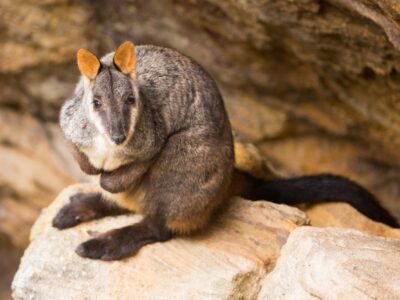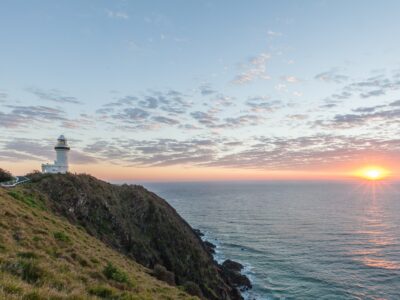Cute and colourful animals and plants tend to get the majority of attention when we think of Aussie wildlife, but our less… aesthetically pleasing plants and animals also need plenty of love.
All native plants and animals play an important role in keeping our ecosystems healthy and thriving. So, while they may not be winning any beauty pageants, these unsung heroes are more than worthy of our recognition.
Here we’re giving them the kudos they deserve.
-
Stunning skinks
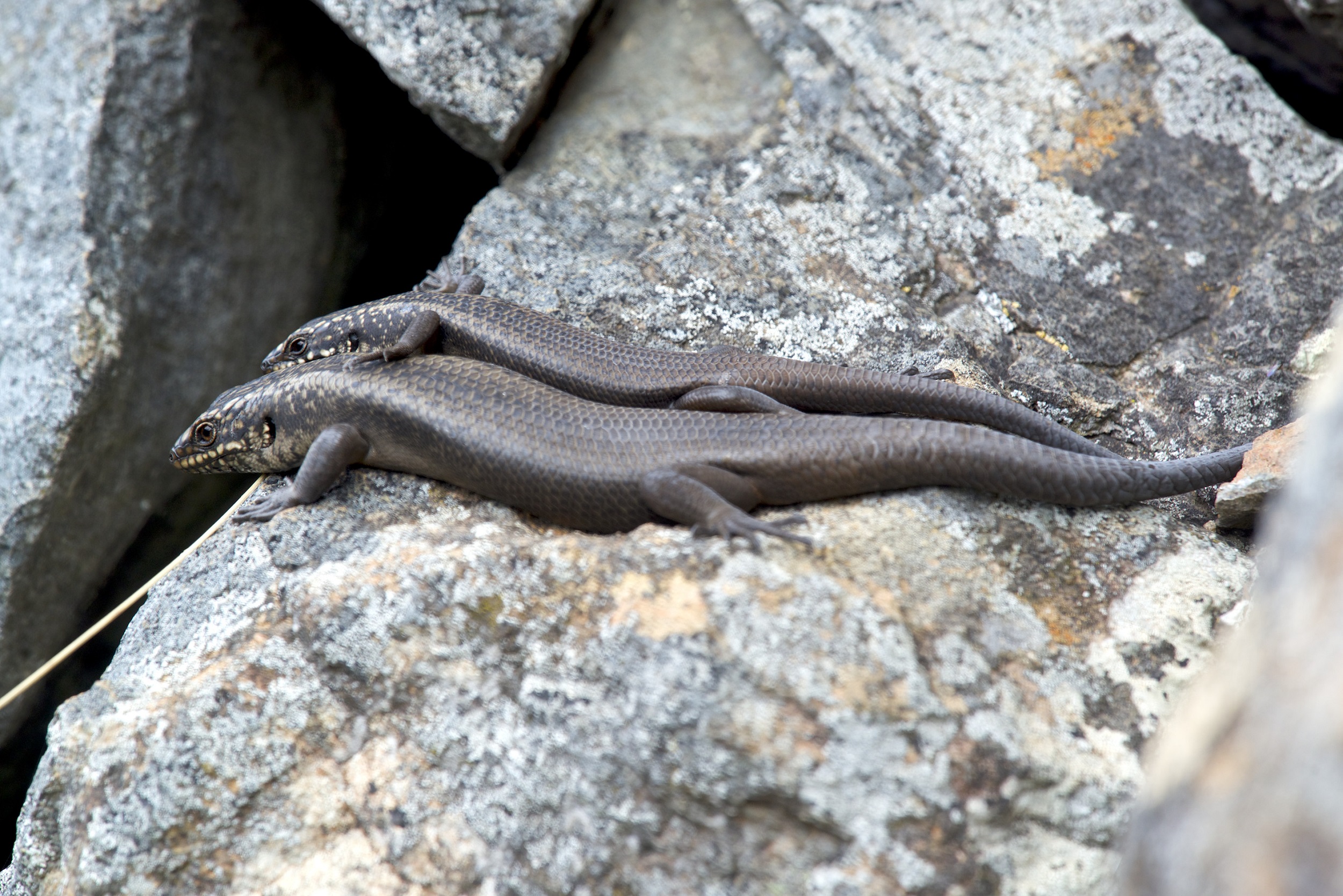 Photo Information
Photo InformationSkinks rock!
Thomas Parkin / DCCEEW
We’re working with the Saving our Species program on actions that will help protect the endangered Guthega skink and alpine she-oak skink, including population monitoring, mapping their habitat and capturing genetic data. Controlling feral animals and managing disturbances from both fire and people will also benefit all the native species living in this ecosystem.
The Guthega skink and alpine she-oak skink have an extra layer of protection too; we’ve prioritised their conservation and declared their habitats as Assets of Intergenerational Significance (AIS). The Kaputar rock skink (pictured above) is critically endangered and protected as part of the AIS program.
Did you know? Assets of Intergenerational Significance are declared to bolster protections for an area with exceptional environmental or cultural values. AIS sites have been declared to provide increased legal protections for the habitat of some of the most threatened and irreplaceable animals and plants in our parks.
When you’re in their habitat – or in any NSW national park – you can do your bit to protect these precious skinks. Keep your boots clean to stop the spread of weeds and diseases (you can find boot-cleaning stations in some of our parks), stick to the marked tracks, leave rocks as you find them (they might be home to native residents), and generally follow leave no trace principles.
-
Twit-twoo! Who’s that bird?
Bekyk hierdie plasing op InstagramThey may lack the pretty colours and look-at-me charisma of some better-known native birds, but we think these (fairly average looking) birds deserve MVB – most valuable bird – status.
The Mukarrthippi grasswren has the unenviable title of the Australian bird that’s most likely to go extinct, with a 60% risk by 2041 unless we act quickly to secure its future. In 2021, there were estimated to be between four and 20 birds in the entire world, all of them at locations in or near Yathong Nature Reserve in Central West, NSW.
In early 2023, we conducted extensive surveys and discovered this rare species of grasswren at three new locations in Yathong Nature Reserve, nestled amongst their favourite habitat of spinifex and mallee trees. We’ve also safeguarded the bird by declaring its core habitat an Asset of Intergenerational Significance.
Pronounced mook-wah-tippy, Mukarrthippi translates to the “small bird of the spinifex” in the language of the Ngiyampaa people. The tiny bird weighs around 15 to 23 grams, or roughly the same as two AA batteries.
Ranger’s tip: National parks are a great place for a picnic, but be careful to keep your snacks to yourself, because feeding wildlife can have real and harmful knock-on effects.
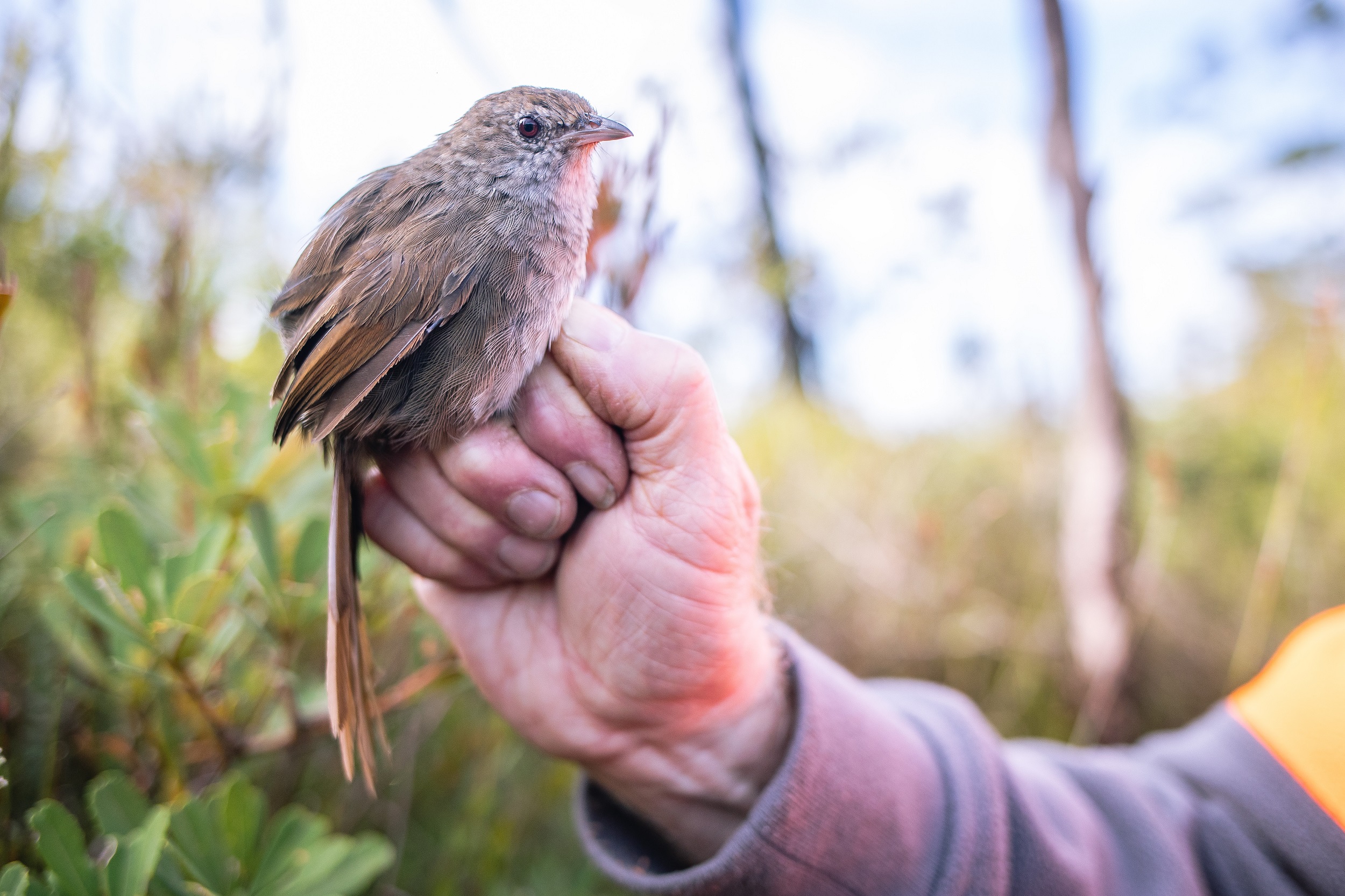 Photo Information
Photo InformationWould you look at that gorgeous plumage.
Alex Pike / DCCEEW
The shy, ground-dwelling eastern bristlebird is somewhat of a wallflower. Today in NSW, there are less than 2,500 of these cinnamon-brown birds remaining in the wild – found in parts of Nadgee National Park, Border Ranges National Park and on the Shoalhaven Coast.
Thankfully, the conservation of the endangered eastern bristlebird is in really good hands. A habitat restoration program for the small northern population is increasing the amount of grassy open forest, which the birds need to breed.
The Saving our Species program is also working closely with the Currumbin Wildlife Sanctuary on a captive breeding and release program, which uses a cutting-edge conservation technique known as ‘genetic rescue’ to bolster the birds’ numbers. Eastern bristlebird habitats are also protected as Assets of Intergenerational Significance.
-
Gorgeous grass
 Photo Information
Photo InformationYou beauty.
Keith McDougall / DCCEEW
It might be easier to snap an Insta-worthy pic of iconic native flowers like waratahs and wattle, but let’s give grass a moment to shine, shall we?
Let’s be honest, to the untrained eye, the less-than-striking critically endangered Budawangs wallaby grass doesn’t have a great deal to set it apart from other species of wallaby grass. But grasses play a crucial ecological role; they stabilise soils to prevent erosion, absorb CO2 to effectively act as air purifiers and provide food to seed-eating animals, so it’s important to look after our native grass species.
This species of wallaby grass was believed to have all but vanished on Currockbilly Mountain in the 1970s until it was rediscovered in 2022 by some local horticultural experts with the Saving our Species program (Dr Keith McDougall and Dr Damon Oliver), who really know a thing or two about grass. Numbers have exploded after the 2019/20 bushfires at the only other known site on Mount Budawang, where at least 90,000 individual grasses live atop of the summit and have flowered and seeded well in the last two summers.
この投稿をInstagramで見るWith its habitat now classed as an Asset of Intergenerational Significance, the conservation of this grass species has been prioritised, protecting it for future generations. The team at Budawang National Park is conducting feral species control and will install signage in the area to alert visitors to the importance of this site.
-
Beautiful bats
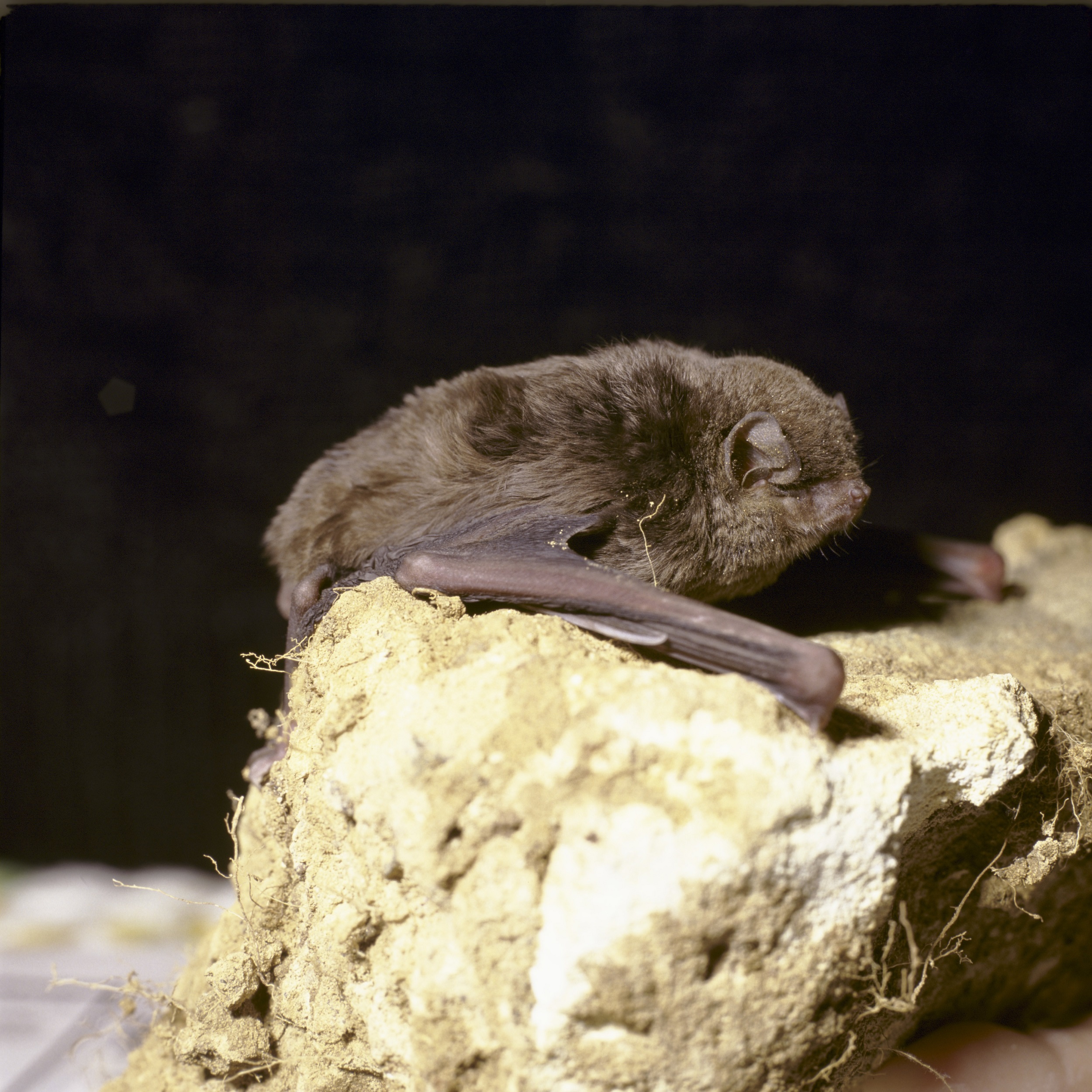 Photo Information
Photo InformationAdorable.
Ken Stepnell / DCCEEW
Some might say the large bent-wing bat (formerly known as the eastern bent-wing bat) has the kind of face only its mother could love. Not us, obviously, but some people might. Listed as vulnerable in NSW, these bats congregate in caves across the east and north-west coasts of Australia, in colonies of up to 150,000.
Like other insect-eating bats, large bent-wing bats are insectivores – helping to keep insect populations in check. The services these natural pest controllers provide are worth more than $63 million annually to the Australian cotton industry alone, making their protection essential for the agriculture industry. They’re also important bioindicators, meaning their presence (or lack thereof) can indicate that something in the ecosystem is not quite right.
But sadly, native bat species are in decline, with factors like human and habitat disturbances, climate change and predation by feral animals all taking a toll.
Ranger’s tip: Remember, when you see animals in national parks, you’re in their home. Keep yourself and our wildlife safe by understanding the risks of wildlife encounters and how to avoid them.
View this post on InstagramPopulation monitoring is really important for conserving species like the large bent-wing bat because it can provide key information, like where these bats are most active, when they become less active and go into hibernation, and how their movements change each year. This can help us focus our efforts on protecting the most important habitat and educating landholders that are currently unknowing guardians of the species.
If you live in Armidale, Narrabri, Wellington, Western Sydney, the Pillar Valley, Nyngan or Mungindi/Weemelah, you can help our scientists understand more about where bats are living (and how many of them there are) by signing up to the Bats in Backyards citizen science project.
Remember, beauty is in the eye of the beholder
There we have it – irrefutable evidence that beauty really is only skin deep.
So, next time you’re out and about enjoying the spectacular surrounds of a NSW national park, keep your eyes peeled for some of the lesser-celebrated native animals and plants that might be flying under the radar. They’re all helping to keep their ecosystems thriving and your bushwalk beautiful.
Did you know? The NSW National Parks and Wildlife Service has committed to a zero extinctions target for threatened species to ensure NSW national parks are permanent refuges for native species, a first for Australia. Check out some of our impressive initiatives: feral predator-free areas, Assets of Intergenerational Significance and Park Health performance scorecards.
